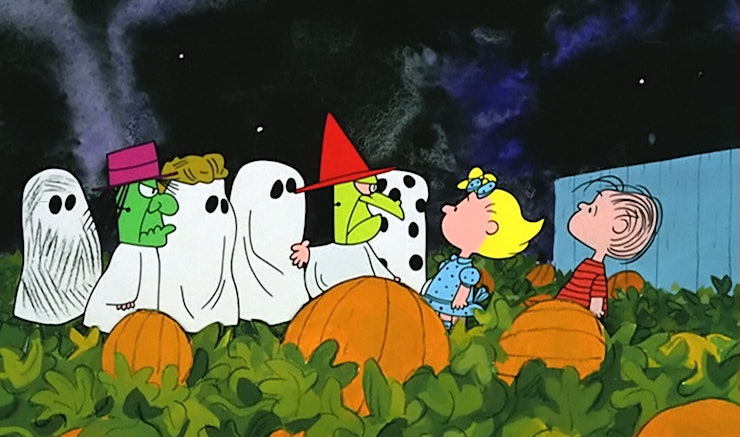Station 1 - The Open Door Policy:
1. According to the Open Door Policy, what does the United States ask of the Chinese
government?
2. How would the U.S. government probably feel about nations, which expected China to grant
special trading rights and legal privileges to their citizens?
3. What factors might have influenced the U.S. government to take this position while most
European governments did NOT believe that all nations should receive equal access to China?
Station 2 - The Roosevelt Corollary
1. Under what circumstances would Roosevelt feel that the U.S. should intervene in Latin
American affairs?
2. How did Roosevelt justify this intervention?
3. What do you think Roosevelt meant when he said that the U.S. should "carry a big stick?"
4. How does the cartoonist suggest that Roosevelt would gain the cooperation of Latin
American countries?
5. Why is Roosevelt throwing dirt on Bogotá (the capital of Colombia)?
Station 3: Taft's "Dollar Diplomacy"
1. What did Taft believe the U.S. government's main priority should be in its dealings with
Latin American nations?
2. How did Taft's approach to relations with Latin America differ from Teddy Roosevelt's?
3. What role do you think the author believed the U.S. could play in Latin America?
4. What attitude do you think most Latin Americans had toward U.S. actions in their nations?
Station 4: Wilson's "Moral Diplomacy"
1. How did Wilson want to change U.S. policy toward Latin America?
2. What message do you think the photographer was trying to send about American
involvement in Latin America when he took this picture?
3. What does this picture reveal about the overall success of Wilson's "Moral Diplomacy" in
Latin America?
Station 5: Franklin D. Roosevelt's "Good Neighbor Policy"
1. How does FDR believe the United States government should behave toward Latin America?
2. What probably caused the "resentment and fear" that FDR speaks of?
3. What assumptions does this advertisement make about the relations between the U.S. and
Panamanians such the ones depicted here?
4. What American beliefs or stereotypes about Latin America does this ad use to help sell Coca
Cola?

